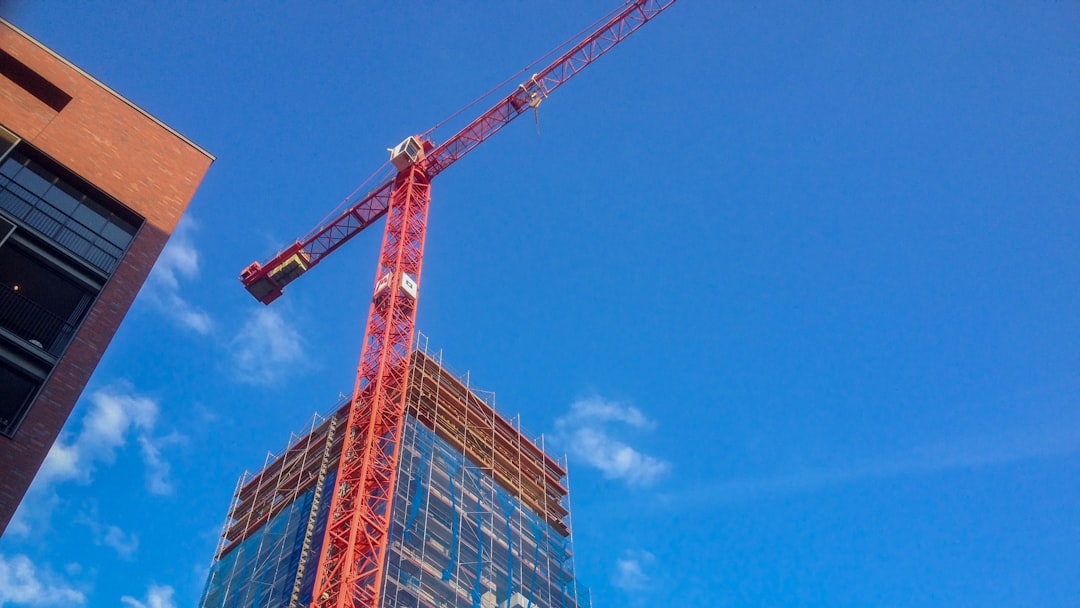Understanding Construction Company's Overhead Costs
Construction overhead costs are crucial for determining profit margins and maintaining a competitive edge. As of 2025, typical overheads for residential construction firms range from 8% to 12%. Effectively managing these expenses is essential for profitability in today's rapidly evolving market.
Current Overhead Costs for Construction Companies (2025)
Component Cost Analysis:
- Office Rent & Utilities: $3,000 - $7,000/month
- Insurance (Liability & Workers Comp): 2-3% of total revenue
- Project Management Salaries: $60,000 - $100,000 annually
- Marketing & Lead Generation: $500 - $2,000/month
- Licensing & Permits: $50 - $200/project
- Software Subscriptions: $100 - $500/month
Common Overhead Expenses in Detail
- Office Rent and Utilities: Essential for smooth daily operations.
- Insurance: Crucial for risk management and protection.
- Project Management Salaries: Necessary for overseeing successful projects.
- Marketing Fees: Key to maintaining market presence and client acquisition.
- Licensing and Permitting: Vital for regulatory compliance.
- Software Costs: Important for operational efficiency and long-term savings.
How to Accurately Estimate Overhead Costs
Underestimating overhead, even slightly, can significantly affect profits. Leverage current data and integrate AI-based tools for precise estimations.
Building Accurate Estimates with Technology
Use technology-integrated solutions to separate overhead from direct costs. Regular supplier updates and historical data analysis enhance accuracy.
Pro Tips for Managing Overhead
- Automate routine tasks to minimize errors.
- Track equipment usage for precise billing.
- Review insurance policies to eliminate overcharges.
- Periodically evaluate software tools to eliminate redundant subscriptions.
- Outsource accounting functions to expert firms for efficiency.
Setting Competitive Markup
Markup rates should reflect both overhead and profit goals. For example, with a 12% overhead and an 8% profit target, a 22.7% markup can be applied.
Conclusion
Balancing overhead with profitability requires a strategic approach combining industry knowledge with advanced estimation techniques. Regular evaluations aligned with market conditions are key to sustained success.
Case Study: Effective Overhead Management
Sunset Ranch Construction originally utilized a 10% overhead rate, but analysis revealed a true overhead of 14.5%. By adjusting through strategic tools, their project acceptance and profitability saw significant improvements.
Outcome and Lessons
- Enhanced Profits: Margins increased from 5% to 9% across $1.2M in projects.
- Efficiency Gains: Billing cycles were reduced by 30%.
- Stabilizing Overhead: Eliminated wasteful subscriptions, stabilizing overhead at 12%.
- Transparency and Trust: Improved client relationships through detailed cost breakdowns.
Your Opportunity for Optimizing Overhead
Leverage data-driven tools to optimize construction overhead and enhance financial planning and efficiency for sustainable growth.

